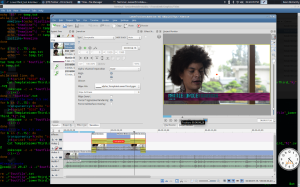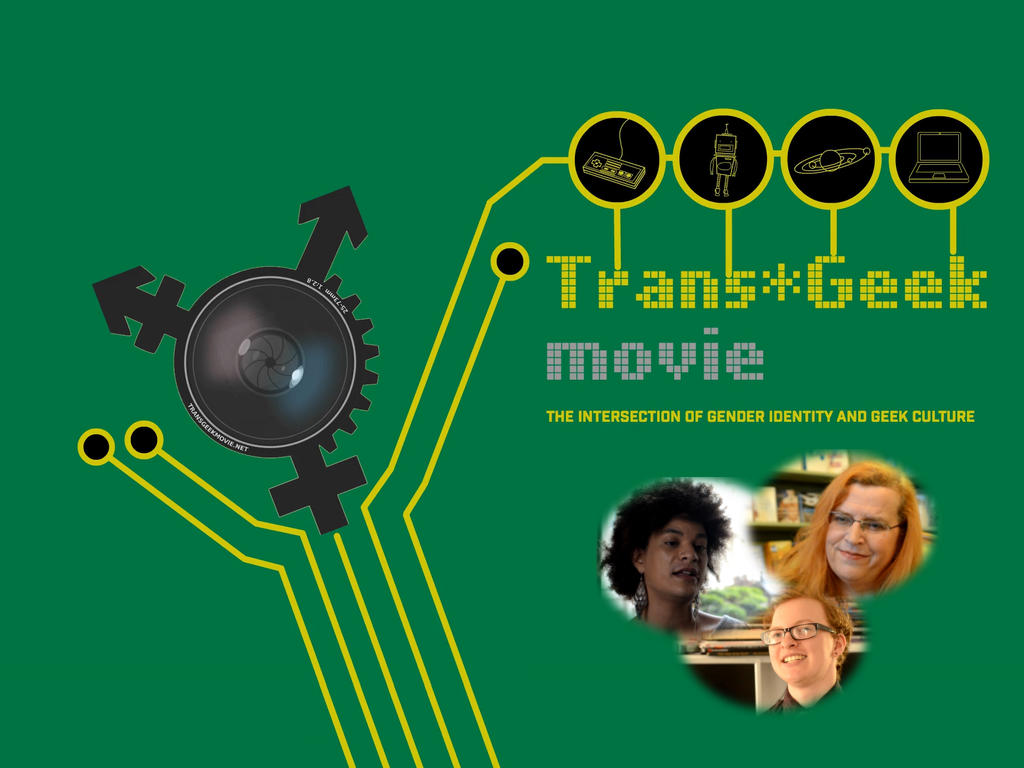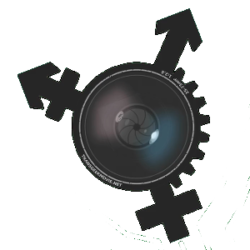From the nightly news, (does anyone watch that anymore?) to mocumentaries, directors have found it necessary to identify the person speaking on camera. The typical device that is used to do this is the “lower third”. So named for it position, (occupying the lower third of the frame, below the image of the speaker).
For TransGeek Movie, I wanted to design a lower third that was visually interesting, distinctive, and easy to reproduce It should not, however, disrupt the viewer’s experience of the voice of the person on camera.
I have not settled on a final design yet, but I think I will be using an animated lower third that emulates an old school, 17 segment, alphanumeric display. This is easy to read, and adds a bit of geeky eye-candy.
 There will be many lower thirds throughout the film. Composing and animating each would be far too much work to do manually; and prone to error. Automation is a lovely thing.
There will be many lower thirds throughout the film. Composing and animating each would be far too much work to do manually; and prone to error. Automation is a lovely thing.
I designed a template in Inkscape, an open source vector editing package. I then wrote a bash script that modifies the template with the appropriate text. It outputs the individual customized frames, using Inkscape’s command line interface; and then strings it all together into the final animation using avconv. ImageMagick is used for creating the key channel.
I am currently using Kdenlive as my editor and compositor.
The result is satisfactory. At least until I get a real graphic artist and editor on board.
It doesn’t hurt that my test clip features Mattie Brice sharing some wise insights.
Edited 16 Dec. 2014 for clarity.

